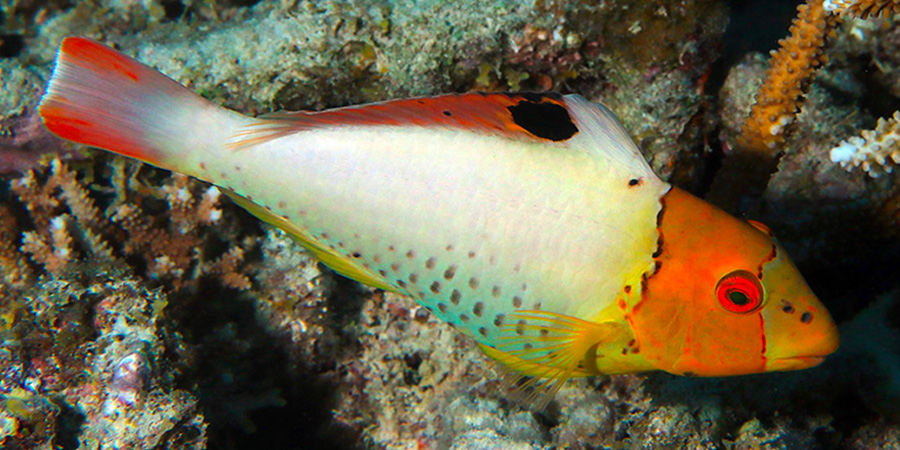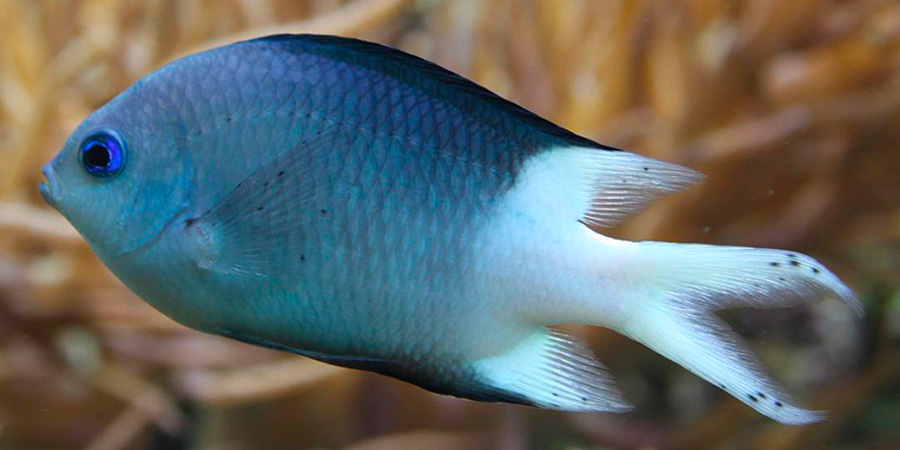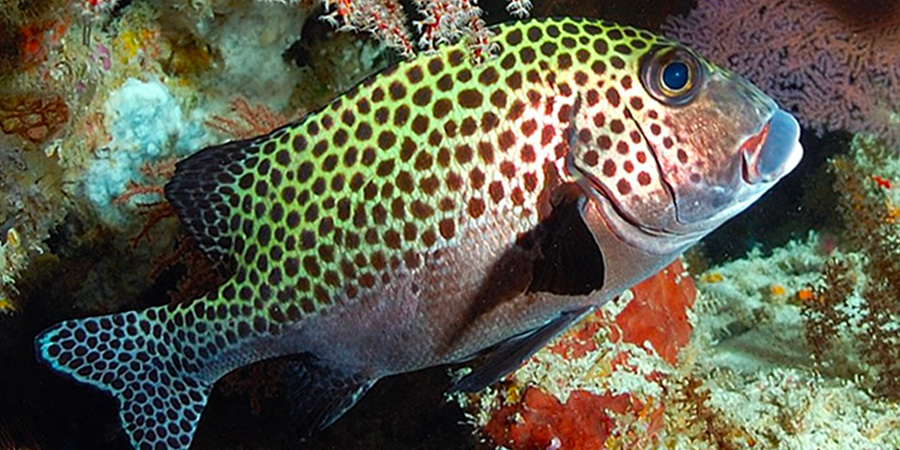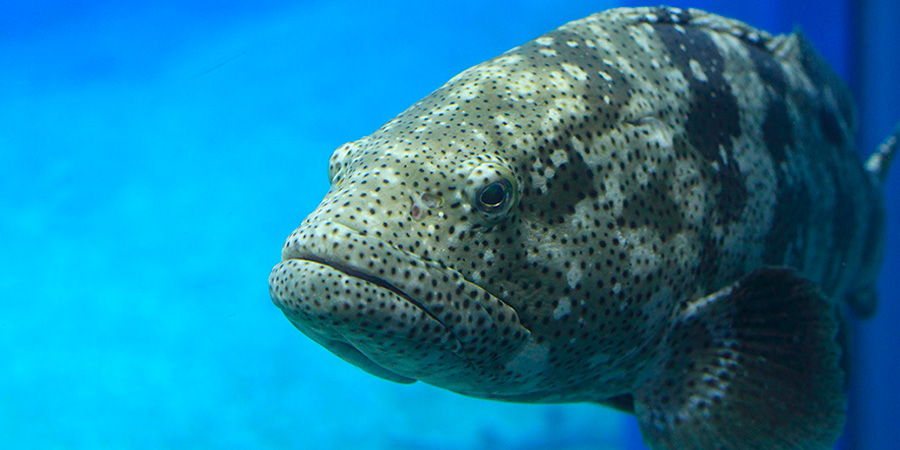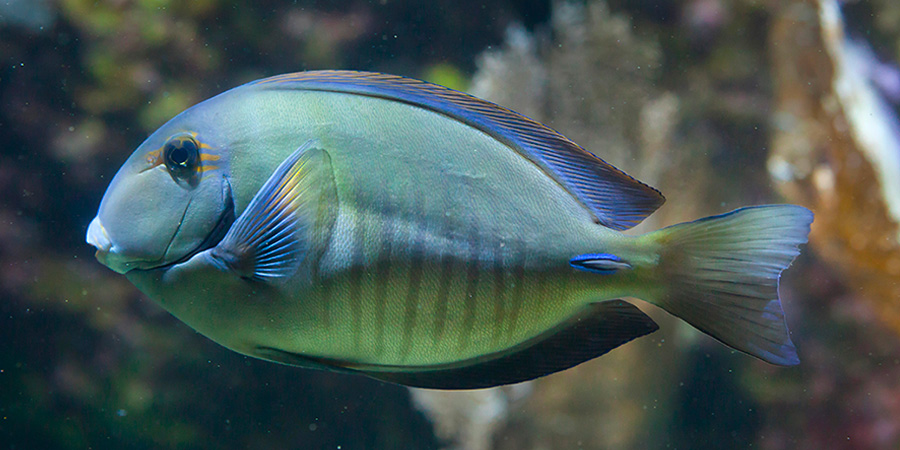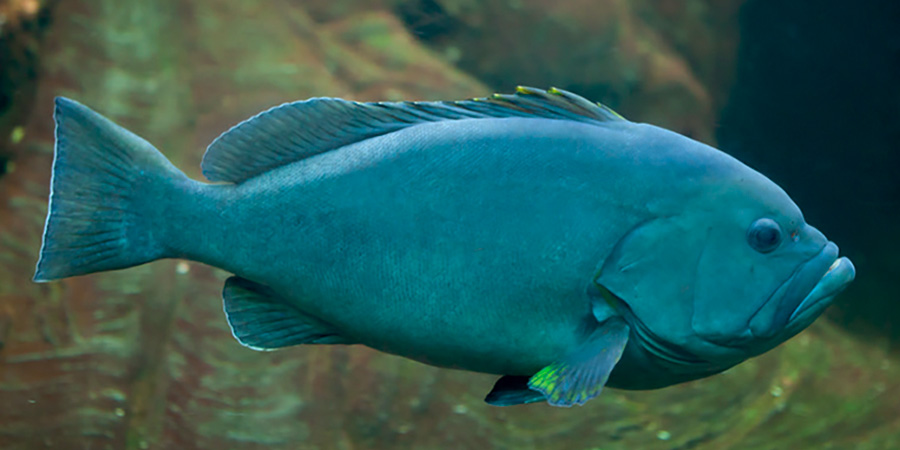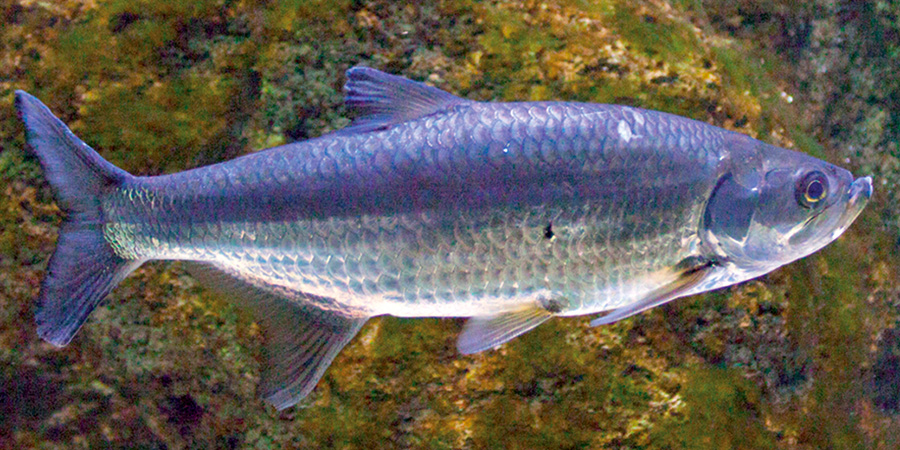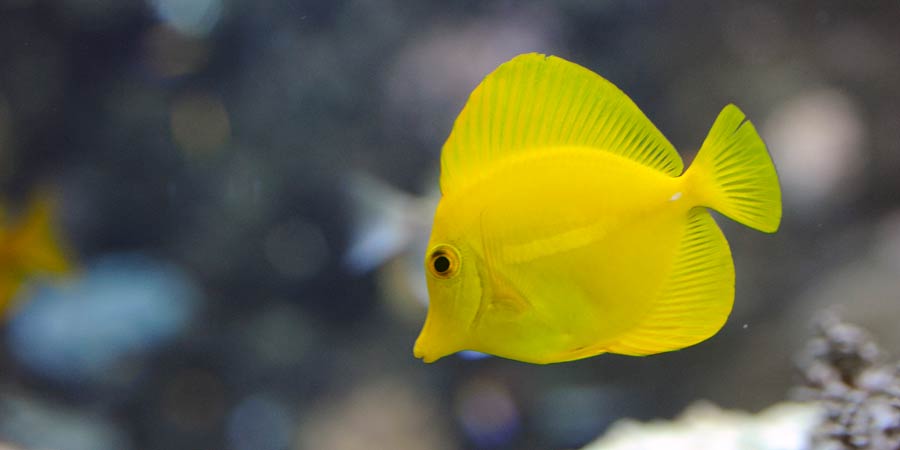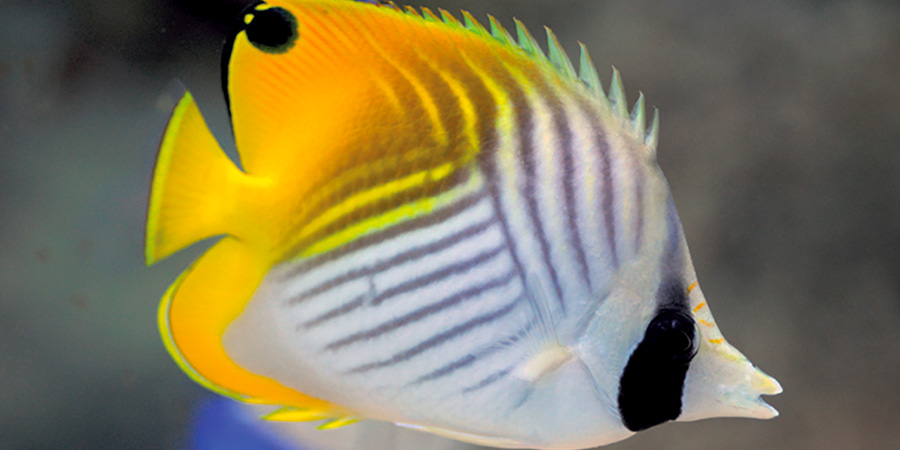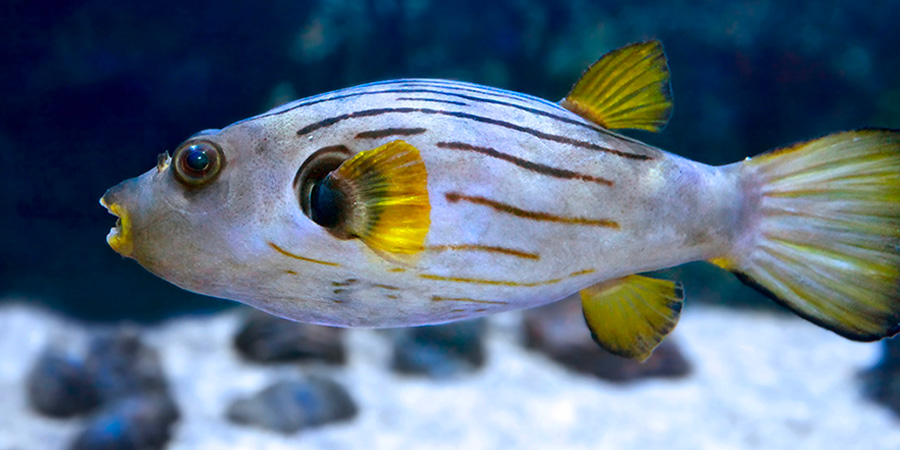
Scientific name : Arothron manilensis
Family : Tetraodontidae
Size : Up to 31 cm
Distribution : West Pacific, Australia, Tonga
Biology : If they are threatened, they swell up with water thanks to their firm but extensible skin, and so they become bigger to disconcert predators.
Their skin, internal organs including the liver, intestines and gonads hold a deadly toxin : the tetrodotoxin.
IUCN status : Least concern

